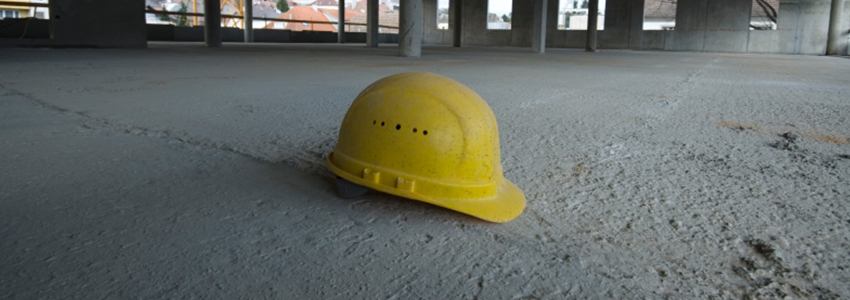Suitable Floor Constructions:
Solid Screed

With screed systems the pipe is installed directly on top of the insulation. A Damp Proof Membrane (DPM) can be used with the standard sand cement screed but it's not absolutely essential. With an hydrite / liquid / pump screed a DPM must be laid on top of the insulation before the pipe is laid.
Pipe Clip Fixing
Pipe is being fixed with pipe clips. We recommend using two people to fit the pipe, one person to hold the coil and another person to clip the pipe into the insulation, and you will need approximately 2 clips per metre of pipe.
Rail System Fixing
With this type of installation the rail is laid across the floor to create a matrix for pipe. Rails have a self adhesive backing so you can easily stick them to the insulation. Set them with a maximum of 500mm from two opposite wall edges and a maximum of 1000mm spacing between clip rails. Make sure that the rail is at 90° angle to the coldest external wall.
Once you are happy with the clip rail layout fix them permanently to the insulation using additional pipe clips. Also make sure that the pipe turns are secured with additional pipe clips. We recommend 65mm of screed on top of the insulation (Building Regulations requirements). The screed must be allowed to dry/cure before the heating is operated, and the general rule is to allow 1 day per 1mm of screed.
When the system is used for the first time, the mixing valve must be set to the minimum setting to let the moisture in the screed dry out. The temperature should be increased by 2 degrees every day until the mixing valve is set at 45°C.
If Anhydrite screed is used the minimum screed thickness required is 50mm
